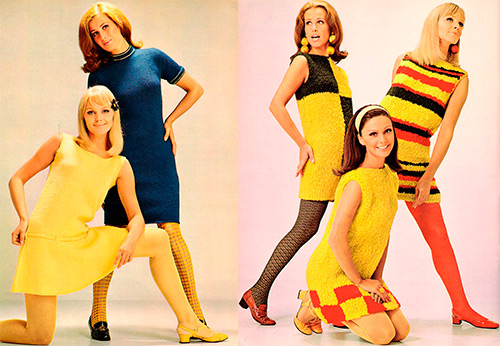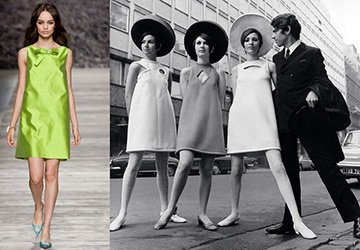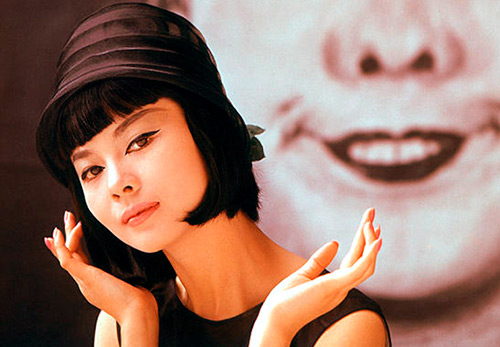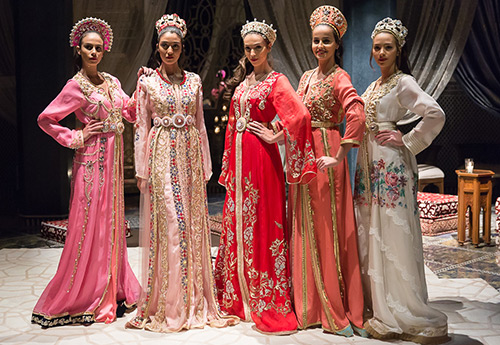Beautiful dresses
Trapeze dress - history and photos of different styles
Why did the A-line dress become the globally recognized standard of the 1960s? In the 1960s society entered the era of mass consumption, production was gaining momentum. The post-war period, which reflected the people's desire for elegance and luxury, was over by the 60s.
A new social aesthetics began, promoting clothing for the general population. New advanced technologies offered by science contributed to the production of new artificial materials, cheaper and therefore more accessible to many people. As a result, a new fashion was born - Ready-to-wear, literally “ready to wear” or “ready-to-wear”.
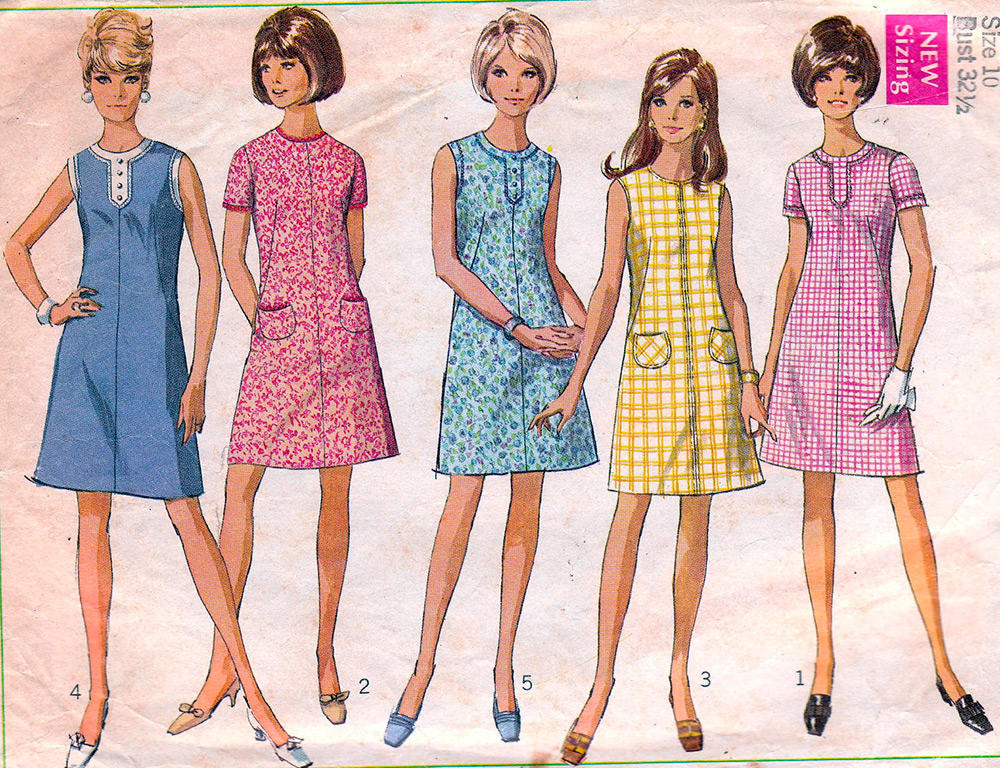
A-line dress in the 1960s
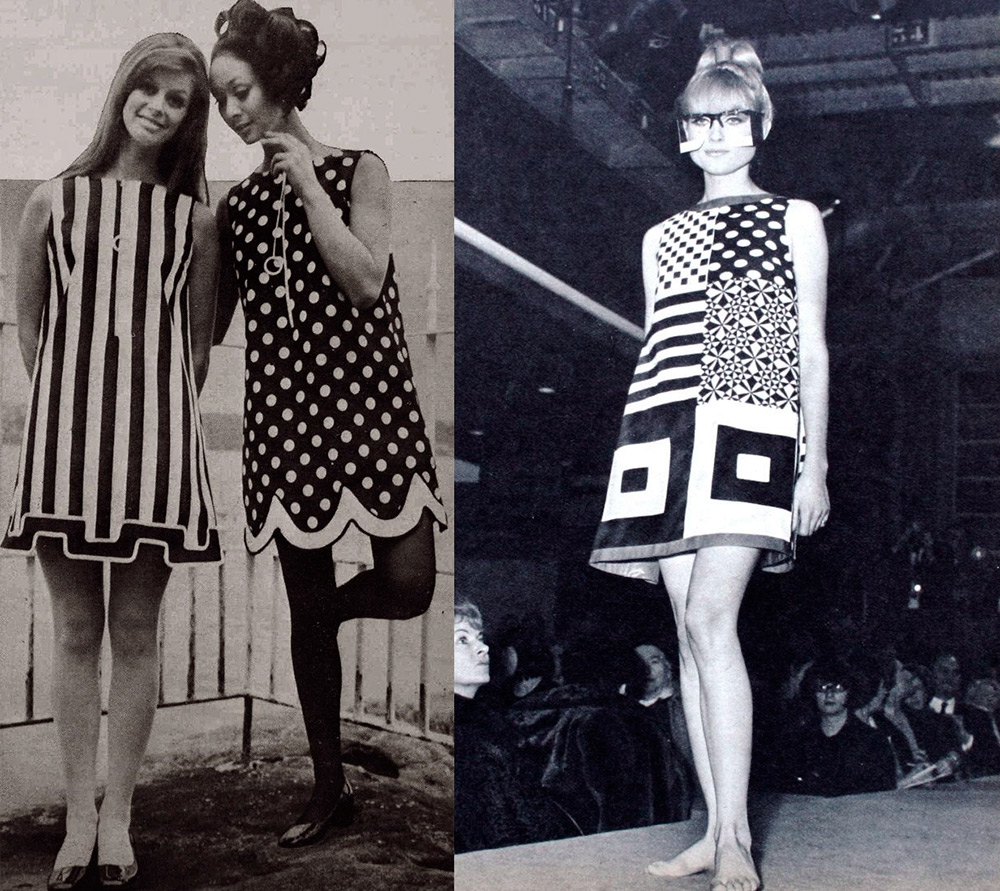
And in order for clothing to be available on a large scale, many different materials and rapid production of goods were needed.
And this was facilitated by new discoveries in the production of fabrics. But the new fashion - Pret-a-porter helped to develop fruitfully not only fabrics, but also innovative ideas of a cut, which did not require a lot of time. Models of unique cut have appeared, allowing women not to think about special underwear that corrects the figure, and at the same time to be comfortable. In addition, the desire to feel young has served to change the cut.
Therefore, A-line dresses were incredibly successful. In 1957, Christian Dior died suddenly. The company was headed by Yves Saint Laurent, who was then only 21 years old. The first model of the young designer, after taking over as head of the haute couture house, was a trapeze dress.

Yves Saint Laurent introduced a new concept of abstract form. The trapezium cut facilitated the development of mass production of ready-made dresses and became the globally recognized standard of the 1960s.
A trapeze dress has been on the catwalks for more than a dozen years. It remains the personification of youth and freedom. An ingenious dress from a brilliant designer - simple and carefree, feminine and youthful for an active and independent girl.
Now let's see which trapeze dresses for girls and women are offered by the collections of our time ...



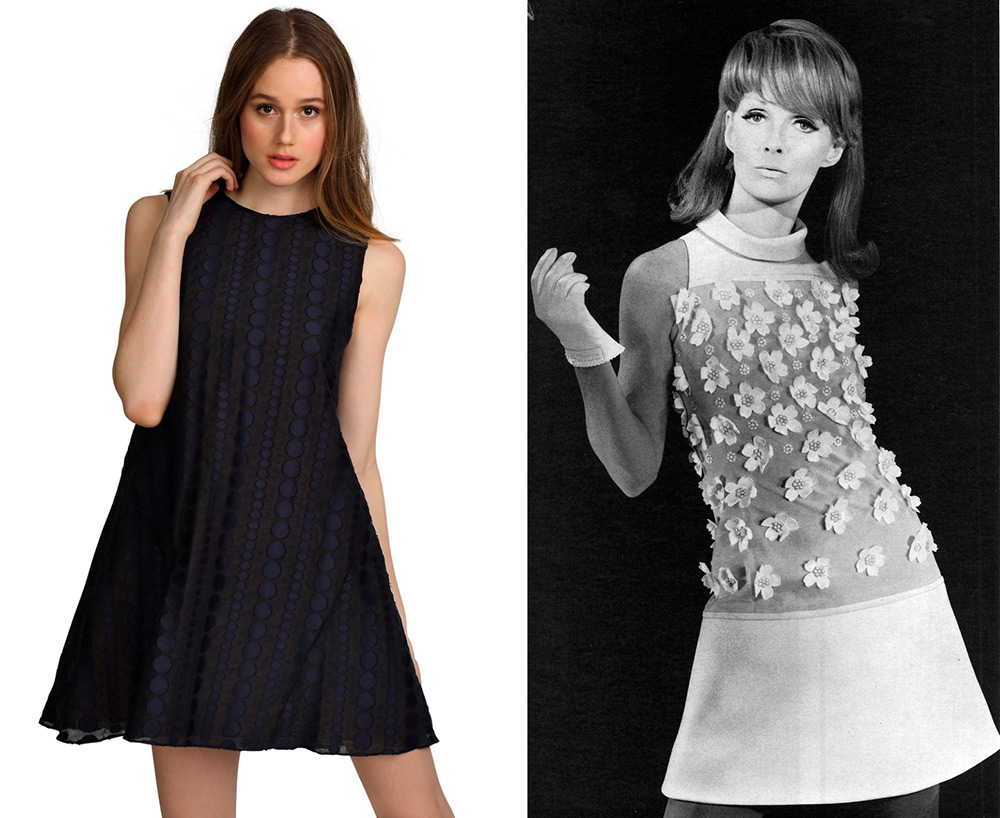



Comments and Reviews
Add a comment
Rating news
Shades of clothing that make women look younger
What shades of hair make women younger: rules and photos
Funny wedding dresses - photos and ideas
12 most expensive down jackets for the winter
How to look 25 at 40: tips from supermodels
Beautiful schoolgirls
Anti-aging haircuts and hairstyles for women
Fashionable skirts for autumn and winter
Fashionable women's trousers for the cold season
Fashionable and stylish sandals for summer 2024
Spring-summer 2024
 Fashionable dresses and tops with thin spaghetti straps
Fashionable dresses and tops with thin spaghetti straps
 Bandana tops: how to wear stylishly and beautifully
Bandana tops: how to wear stylishly and beautifully
 How to put together the perfect men's wardrobe for the summer
How to put together the perfect men's wardrobe for the summer
 Fashionable shorts for spring-summer 2024
Fashionable shorts for spring-summer 2024
 Fashionable skirts for spring-summer 2024: a guide to online shopping
Fashionable skirts for spring-summer 2024: a guide to online shopping
 The most fashionable dresses spring-summer 2024: styles and colors
The most fashionable dresses spring-summer 2024: styles and colors
 Fashionable total look 2024: ideas of images and trends
Fashionable total look 2024: ideas of images and trends
